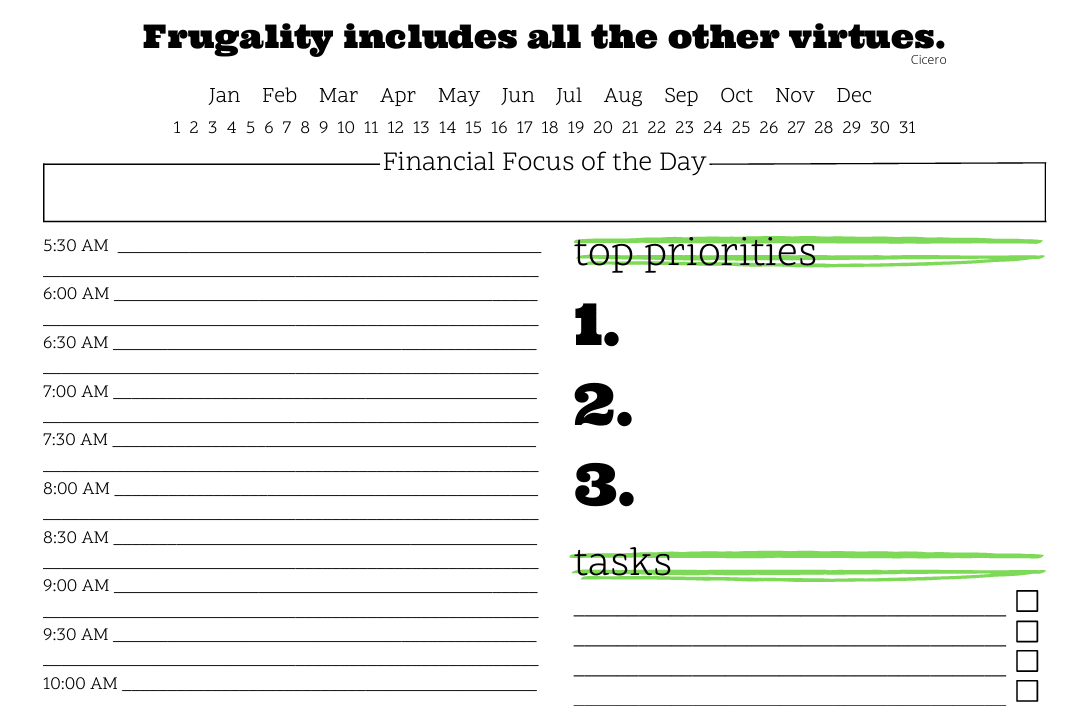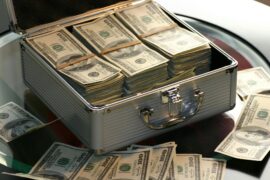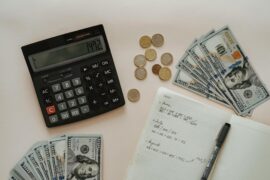This article may contain references to products or services from one or more of our advertisers or partners. We may receive compensation when you click on links to those products or services. Nonetheless, our opinions are our own.
The information presented in this article is accurate to the best of our knowledge at the time of publication. However, information is subject to change, and no guarantees are made about the continued accuracy or completeness of this content after its publication date.

Updated by Albert Fang
After decluttering your home or finishing a semester, odds are you have considered selling those old textbooks collecting dust in a corner. It’s an easy, simple, fast way to get some money back and find a second home for all sorts of books.
But—what if you could turn that into a profitable side hustle?
Book flipping is a form of online arbitrage—that is, buying a product and reselling it for a profit. To start flipping books, you have to buy a particular book at a low price in one market and then resell it at a higher price point in a different one, allowing you to keep the difference as your profit.
It sounds fun and easy enough for a side job—and it is!—but it requires know-how and careful consideration, lest you risk losing your initial investment. Here is a basic guide to get you started on the art and science of flipping books, one step at a time.
1. Select a Profitable Niche
The most important aspect of book flipping is selecting the correct type of book. After all, not all books are equal, and your best bet is to opt for those always in demand and sell at a high price point.
The two most reliable options are textbooks and rare books.
Flipping Textbooks
Textbooks are the most reliable niche for book flipping and the most recommended one for newcomers looking for an easy and fast side gig.
The reason behind this is the ongoing, reliable demand. Every semester, a new semester brings a new batch of students requiring textbooks of all topics and subjects. In contrast, another batch wants to get rid of books they no longer need. Naturally, this means you will never struggle to find people selling their old textbooks or looking to buy used ones for their new class.
However, this convenience comes at a cost—the profit margin is not too big, so you won’t be getting rich anytime soon.
Flipping Rare Books
If you’re considering flipping books, rare and first-edition books are the other big niches worth exploring.
While the textbook market is fast-paced and ripe with quick sales and buys, flipping rare books is an art of patience and research.
These books have value precisely because of their limited quantity, so finding good deals can be time-consuming. It also requires plenty of research and know-how, so it’s a niche that may be best for experienced book flippers who have already grasped the nuances of the business.
However, the upside is that their resale value is enormous. Some first-edition books can sell for half a million, and while most won’t give you that much profit, book collectors and enthusiasts are always willing to pay a more considerable sum for rare editions.

2. Source Your Books
Once you have decided your niche, you’ll have to scout the area and the internet for places to buy books for cheap. It’s not as easy as walking into a bookshop and purchasing the books you want to resell—you won’t make a profit like that, and you can even lose money.
Instead of paying high prices, look for books that are in good condition and sold at the lowest price possible. That means you must check second-hand stores and other places where you know the selling value is lower than average.
If you’re savvy enough, some of the best sources for book flipping are garage sales, book fairs, and book-swapping events. With the proper knowledge and a keen eye for detail, you may be able to find valuable books selling at a much lower price than expected.
Online options are also worth exploring, particularly sites such as eBay and Craigslist—places where people are eager to get rid of old things and may not sell them at the best price possible.
However, remember that knowing where to source your books goes hand in hand with another valuable skill: understanding the books’ worth.

Voted "Best Overall Budgeting App" by Forbes and WSJ
Monarch Money helps you budget, track spending, set goals, and plan your financial future—all in one app.
Get 50% OFF your first year with code MONARCHVIP
3. Research Price Ranges
The heart of book flipping lies in research. You will come across plenty of books you may think are worth buying, but most are not worth the investment and could represent a net loss.
As such, the most valuable skill in this business is learning to recognize and separate the books that will make you money from the ones that won’t. While the instinct to identify valuable books at first glance is something you could develop with time, you will always need to rely on tools that can give you the information you need.
Your best friend will always be a book’s ISBN—it will give you all the information you need about the book, its edition, and its value. You can check many online databases or price comparison tools such as Biblio or AbeBooks to help you determine the average price of a book and, therefore, decide if it’s worth purchasing.
Remember—the key to success is not necessarily having all the information but knowing where to look.

4. Select Where to Sell Your Books
After securing the books at a low price, it’s time to figure out where you can sell them. Luckily, there are plenty of online options worth considering, depending on your niche.
When selling rare or first-edition books, you need to focus on websites with experts who know the value of what you’re offering. For example, AbeBooks is an excellent choice.
If academic books are your niche, remember that BookScouter is one of the best places to sell textbooks for profit, as it can help you compare the best prices while also providing the tools you need to evaluate potential buyers. For example, you can check SellBackYourBook reviews and gauge whether or not you wish to partake in business with them.

5. Clean and Repair the Books as Needed
Books in good condition sell at a higher price point than books with visible damage.
In perfect circumstances, you’ll be able to find perfectly preserved books and sell them for the best price possible. However, you are far more likely to get your hands on valuable books presenting different levels of damage.
If you’re serious about flipping books and want to expand your range, consider learning the basics about cleaning and repairing used books, as it will help increase their value. However, remember that most buyers do not accept books with visible damage or changes, so check potential buyers’ guidelines to determine whether it is worth the effort.

Ready to Start Flipping Books?
As you’ve seen, flipping books for profit can be a lucrative side hustle if you’re willing to invest time, effort, and research. With the proper skill set, tools, and knowledge, you can turn this small project into a profitable and successful venture with minimal investment and high returns.

Reviewed and edited by Albert Fang.
See a typo or want to suggest an edit/revision to the content? Use the contact us form to provide feedback.
At FangWallet, we value editorial integrity and open collaboration in curating quality content for readers to enjoy. Much appreciated for the assist.
Did you like our article and find it insightful? We encourage sharing the article link with family and friends to benefit as well - better yet, sharing on social media. Thank you for the support! 🍉
Article Title: Flipping Books for Profit: 5 Easy Steps
https://fangwallet.com/2024/05/30/flipping-books-for-profit-5-easy-steps/The FangWallet Promise
FangWallet is an editorially independent resource - founded on breaking down challenging financial concepts for anyone to understand since 2014. While we adhere to editorial integrity, note that this post may contain references to products from our partners.
The FangWallet promise is always to have your best interest in mind and be transparent and honest about the financial picture.
Become an Insider

Subscribe to get a free daily budget planner printable to help get your money on track!
Make passive money the right way. No spam.
Editorial Disclaimer: The editorial content on this page is not provided by any of the companies mentioned. The opinions expressed here are the author's alone.
The content of this website is for informational purposes only and does not represent investment advice, or an offer or solicitation to buy or sell any security, investment, or product. Investors are encouraged to do their own due diligence, and, if necessary, consult professional advising before making any investment decisions. Investing involves a high degree of risk, and financial losses may occur including the potential loss of principal.
Source Citation References:
+ Inspo
There are no additional citations or references to note for this article at this time.












































